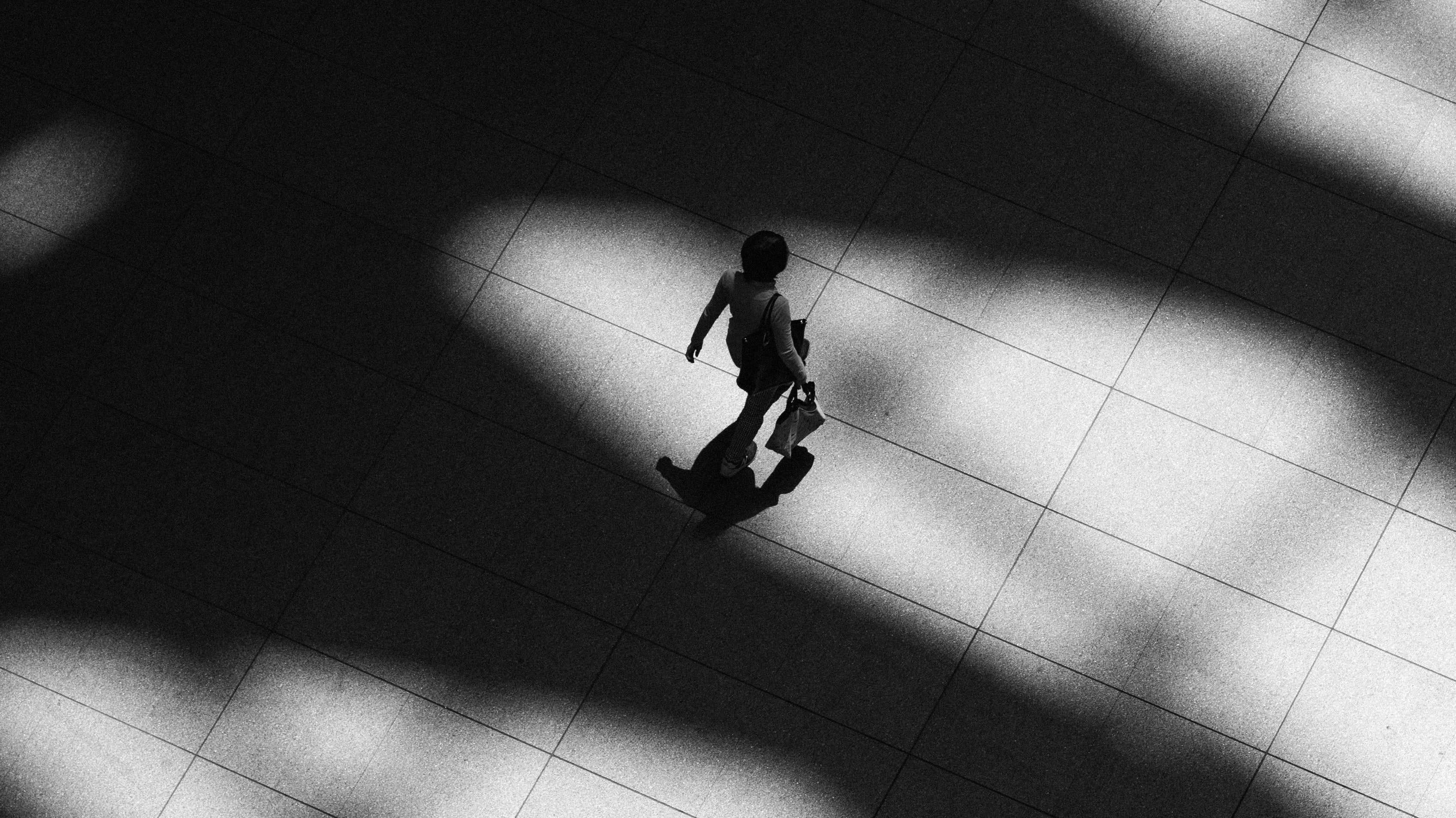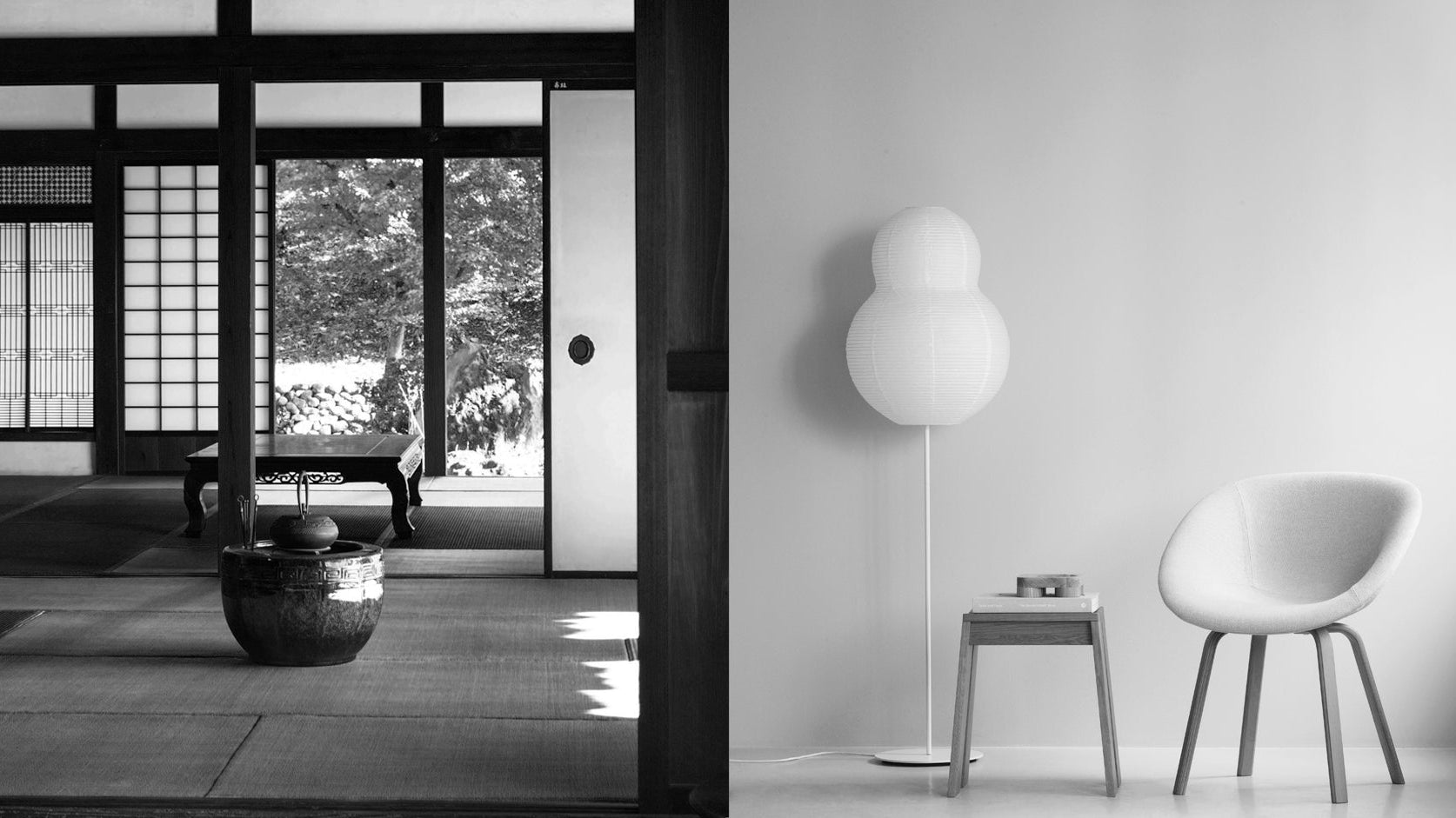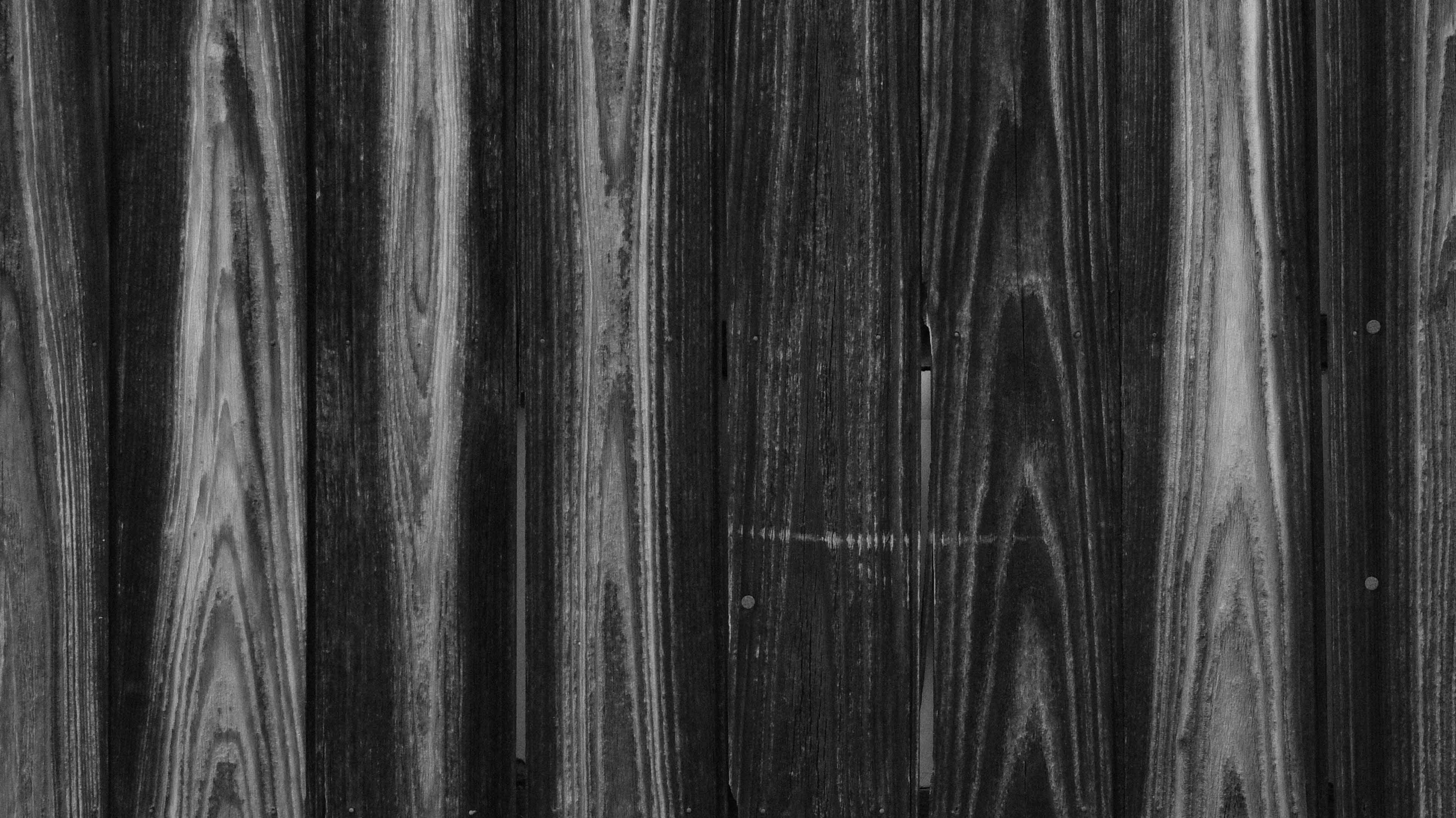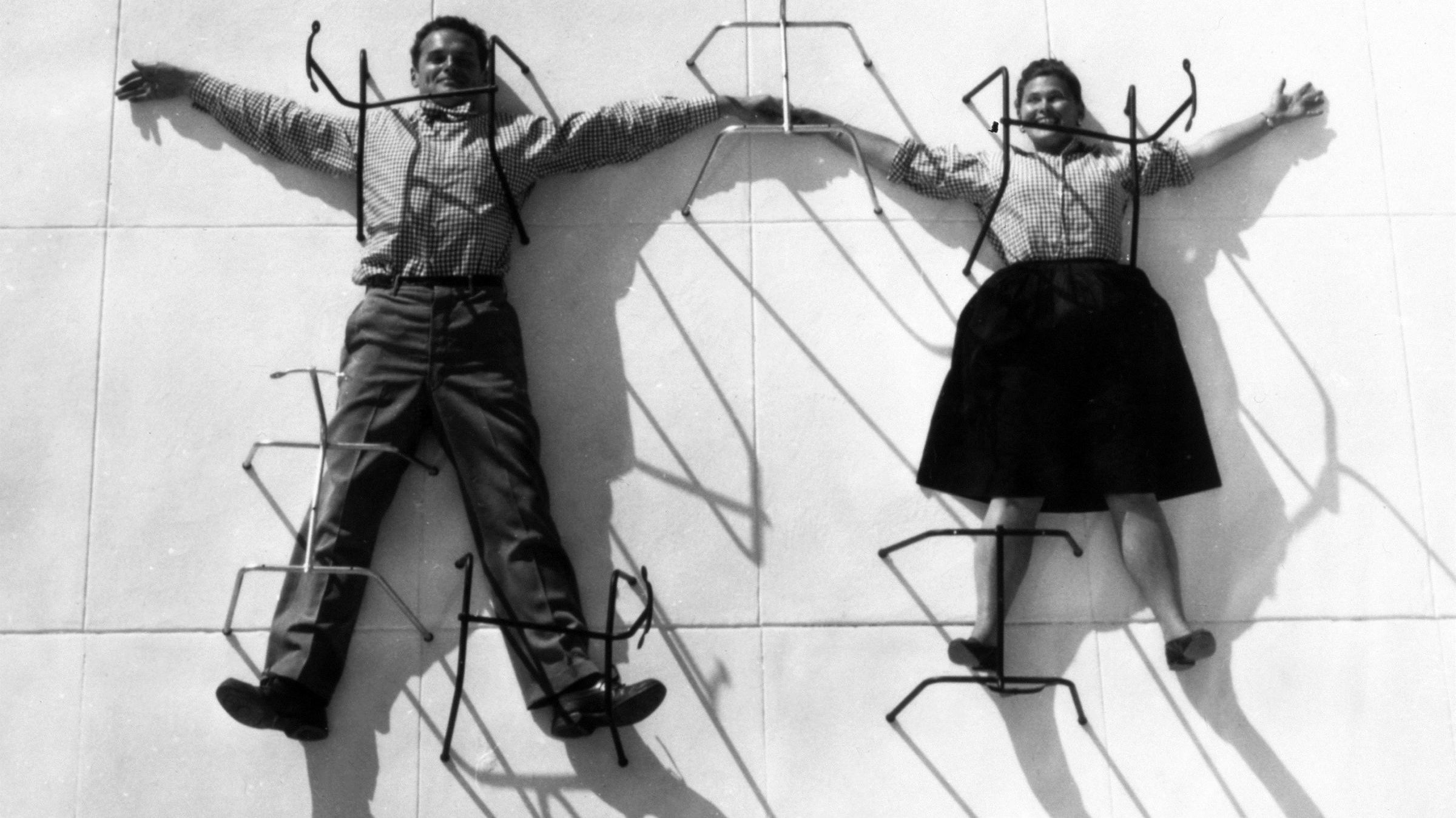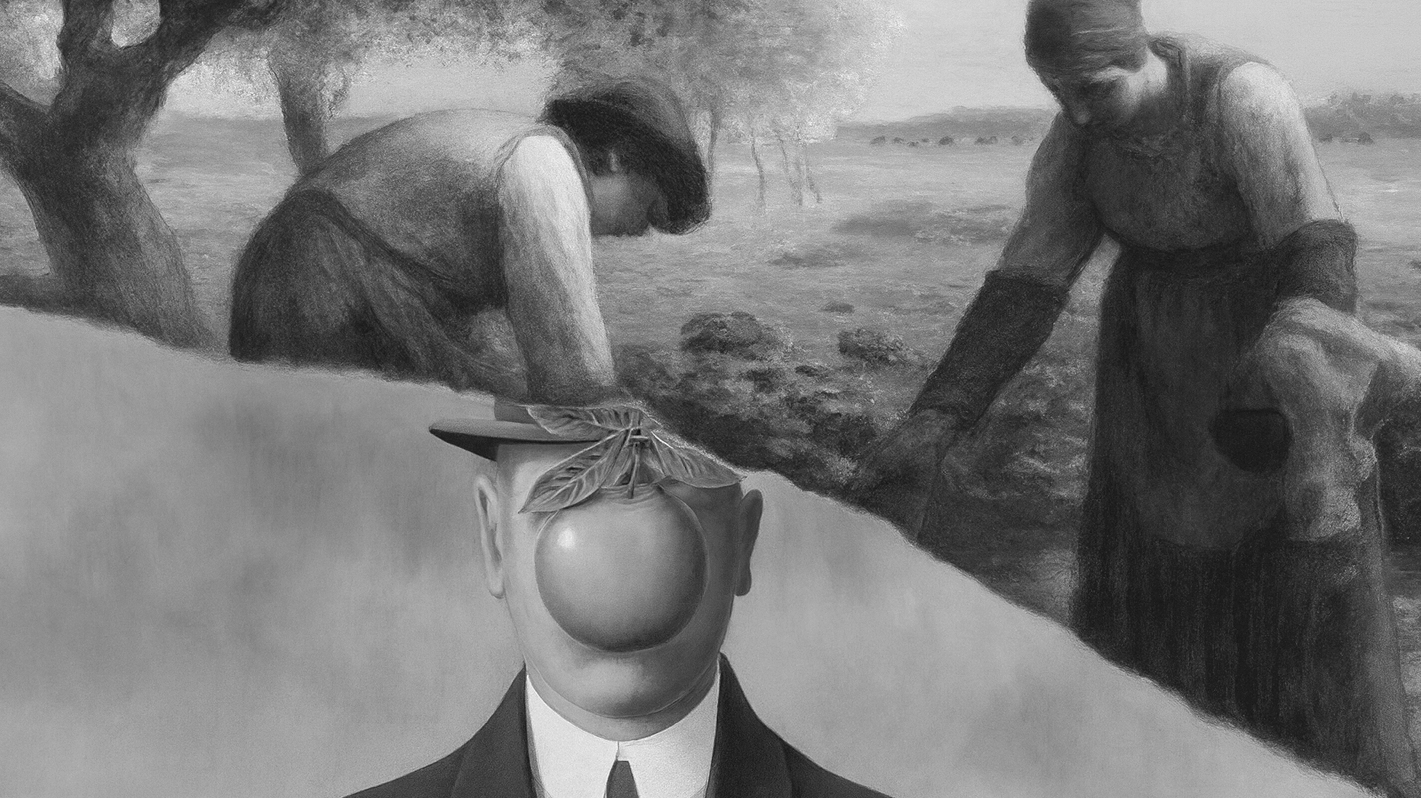(What is Performance Art? Definition, History, and Key Examples - dans le gris)

(What is Performance Art? Definition, History, and Key Examples - dans le gris)
What is Performance Art?
Performance art is an art form created through actions performed by the artist or other participants, which may be live or recorded, spontaneous or scripted. The artistic expression in performance art involves the use of the body, time, space, and often various artistic mediums to convey a concept, message, or emotion to an audience. When artists feel dissatisfied with traditional art forms such as painting or sculpture, they often turn to performance art to breathe new life into their work. In the 20th century, performance art was considered an unconventional way of creating art. The use of live actions, physical movement, and the temporary nature of performances provided artists with alternatives to the fixed and lasting nature of painting and sculpture.
Performance art has its roots in early 20th-century avant-garde movements such as Dadaism and Futurism. Both Futurists and Dadaists sought to blur the line between actor and performer, employing shock and outrage to capture attention. It was within these avant-garde movements that the concept of performance art began to take shape. In the 1960s, art went through a significant evolution. Instead of solely focusing on aesthetics, artists began prioritizing the ideas behind their art. This shift, known as conceptual art, emphasized that the primary focus was on the concept or idea rather than just the visual appearance. This change in thinking paved the way for performance art. In performance art, the emphasis is on the idea and the experience rather than creating a physical object like a painting or sculpture. Key pioneers of performance art include Joseph Beuys, Yoko Ono, Marina Abramović, Tehching Hsieh, Yves Klein, and Vito Acconci.
(What is Performance Art? Definition, History, and Key Examples - dans le gris)
The History of Performance Art
The term "Performance Art" originated in the 1960s in the United States. Initially, it was used to describe live artistic events that included not only visual artists but also poets, musicians, filmmakers, and more. Although the 1960s marked the formalization of the term, the roots of performance art extend back to the early 20th century. This art form is closely linked to the avant-garde movements, beginning with Futurism.
Artists like Marcel Duchamp and Filippo Tommaso Marinetti pioneered the use of performance to blur the lines between art and everyday life, incorporating elements of chance, spontaneity, and public engagement. These early experiments laid the groundwork for what would later become recognized as performance art.
The 1960s and 1970s were pivotal decades in the history of performance art. During this period, performance art emerged as a distinct genre, heavily influenced by the political and social upheavals of the time. By 1970, "Performance Art" had become a global term with a more specific definition: it referred to live art that was distinctly separate from theater. Performance art was distinctly non-commercial, meaning it couldn’t be bought, sold, or traded like traditional art. This was a crucial aspect, as many performance artists saw their work as a direct challenge to the commercial art market, intentionally avoiding galleries, agents, and other capitalist systems.
(What is Performance Art? Definition, History, and Key Examples - dans le gris)

John Lennon and Yoko Ono, Bed Sitting Amsterdam, 1961.
(What is Performance Art? Definition, History, and Key Examples - dans le gris)
Artists like Yoko Ono, Marina Abramović, and Joseph Beuys used their bodies as mediums to explore themes of identity, politics, and the human condition. The rise of feminist art during this time also had a profound impact, with artists like Carolee Schneemann using performance art to address issues of gender and sexuality.
As performance art evolved, it expanded beyond traditional gallery spaces. In the 1980s and 1990s, artists began integrating video, sound, and digital media into their performances, mirroring the technological advancements of the era. With the rise of the internet and social media, the reach of performance art was further amplified, enabling artists to connect with global audiences like never before.
Today, influential contemporary performance artists such as Marina Abramović, Martha Wilson, Adrian Piper and Tehching Hsieh continue to redefine the boundaries of the art form. Their work delves deeply into themes of endurance, activism, and the dynamics of audience interaction, challenging both the physical and emotional limits of art while engaging viewers in profound and often provocative ways. Through their innovative approaches, these artists have elevated performance art to new heights, making it a powerful medium for social and cultural commentary.
(What is Performance Art? Definition, History, and Key Examples - dans le gris)
Key Characteristics of Performance Art
The term "performance art" refers to a contemporary art form that emerged in the latter half of the 20th century. While the meaning of performance art can be easily interpreted from the words alone, we believe that the key characteristics outlined below make it more specific.
(What is Performance Art? Definition, History, and Key Examples - dans le gris)
Live Action
Performance art is typically ephemeral and experienced in real-time, meaning the artist's live presence is a fundamental aspect, and the audience witnesses the unfolding of the work as it happens. Imagine performance art as using a canvas, and this canvas can be a person. The key is expressing something through action. That's why people also call it "action art" or "artistic action." Additionally, German performance artist Joseph Beuys, favored the term "actions" to describe his performances. This term encapsulated the dynamic and unscripted nature of these artistic expressions.
(What is Performance Art? Definition, History, and Key Examples - dans le gris)
Time as a Medium
Time is a crucial element in performance art. Performances unfold over a specific duration, and the passage of time contributes to the overall experience and impact. For instance, one of Marina Abramović's performance artworks, "The Artist is Present," is one of the longest durational works in this medium. The audience is allowed to sit across from Abramović for as long as they want, creating an intimate and intense connection between the artist and the audience.
(What is Performance Art? Definition, History, and Key Examples - dans le gris)

Marina Abramović, The Artist Is Present (2010), Museum of Modern Art, New York. Abramović's former partner Ulay joins her during her performance at her career retrospective.
(What is Performance Art? Definition, History, and Key Examples - dans le gris)
The Human Body in Performance Art
As early as 1918, the German artist Oskar Schlemmer, through his writings, clearly indicated the evolution of his involvement in performance art, detailing the construction and execution of his performance works. Going beyond the body as a measure of space, Schlemmer aimed to emphasize the "human figure as an event."
(What is Performance Art? Definition, History, and Key Examples - dans le gris)

"Oskar Schlemmer, The Dancing Artist" at Pompidou-Metz. Image courtesy of Pompidou-Metz.
(What is Performance Art? Definition, History, and Key Examples - dans le gris)
In performance art, the human body becomes a primary medium—a dynamic and expressive tool for conveying ideas, emotions, and narratives. Performance art often embraces the vulnerability and authenticity of the human body. Artists may expose raw emotions, physical endurance, or personal experiences, inviting the audience to connect with the genuine and unfiltered aspects of human existence.
(What is Performance Art? Definition, History, and Key Examples - dans le gris)
Temporary Existence
Through the medium of performance art, we come to a clear realization that not all art is intended to hang on a wall or rest on the floor. While we typically associate art with tangible objects, performance art exists solely during its live execution. Although it invites audience participation and creates a unique experience with each occurrence, for those not present, the same level of empathy may not be felt.
(What is Performance Art? Definition, History, and Key Examples - dans le gris)
Documentation of Performance Art
Due to the ephemeral nature of performance art, the documentation process becomes a crucial aspect in preserving and sharing these kinetic creations. Performance artists often rely on photographs, videos, or other mediums to capture the event's energy and emotion. Sometimes, documentation might include interviews with the artist or written statements, providing insights into the motivations, concepts, and intentions behind the performance. These narratives offer context and enrich the understanding of the artwork. If the performance artwork relies on videos, this means that spoken word, music, or any other sonic components can influence not only visual elements but also gestures and the overall atmosphere.
(What is Performance Art? Definition, History, and Key Examples - dans le gris)
Performance Artists and Examples of Their Artworks
1. Yves Klein

Yves Klein realizing an Anthropometry in his studio, 14, rue Campagne-Première, Paris, France 1960.
French artist Yves Klein is renowned for developing and popularizing International Klein Blue. Beyond his contributions to color in art, Klein was a pioneering figure in the development of performance art. He is recognized as an inspiration and forerunner of minimal art and pop art.
In Yves Klein's Anthropometry paintings, he orchestrated elaborate performances in front of an audience. Clad in a bow tie and suit, Klein directed female models as they covered themselves in paint. Using the human body as a paintbrush, the models, adorned in his signature blue pigment, imprinted their bodies onto canvases, resulting in abstract and expressive works of art.
(What is Performance Art? Definition, History, and Key Examples - dans le gris)
2. Tehching Hsieh

Tehching Hsieh, One Year Performance (1978-1979)
(What is Performance Art? Definition, History, and Key Examples - dans le gris)
Tehching Hsieh is a Taiwanese-American artist known for his conceptual and performance artwork. His works often feature extreme durational elements, exploring the concept of time and pushing the limits of the human body.
Among Hsieh's notable creations are his five "One Year Performances," executed between 1978 and 1986. The first of these, known as the Cage Piece, involved the artist spending an entire year inside a prison cell. Throughout this duration, Hsieh refrained from reading, writing, talking, watching television, or listening to the radio. This performance artwork is complemented by 365 meticulously captured photographs, each documenting the daily progression of time.
(What is Performance Art? Definition, History, and Key Examples - dans le gris)
3. Marina Abramovic
Marina Abramović. Rhythm 0. 1974
Speaking of performance art, one cannot overlook Marina Abramović, who refers to herself as the "grandmother of performance art." She is a Serbian conceptual and performance artist known for exploring body art, endurance art, the relationship between the performer and the audience, the limits of the body, and the possibilities of the mind. Abramović pioneered a new notion of identity by incorporating the participation of observers, focusing on "confronting pain, blood, and the physical limits of the body."
In one of Marina Abramović's performance artworks, "Rhythm 0," performed in 1974, Abramović placed 72 objects on a table, including items like a rose, a feather, a whip, a gun, and even a bullet. During the performance, Abramović stood impassively, completely surrendering herself to her audience. She allowed the audience to use the objects on her body in any way they wanted. The performance lasted for six hours, and over time, it became increasingly aggressive. In the end, Abramović was left naked, with blood, and tears in her eyes.
(What is Performance Art? Definition, History, and Key Examples - dans le gris)
4. Joseph Beuys
Joseph Beuys during his performance of "How to Explain Pictures to a Dead Hare" (Wie man dem toten Hasen die Bilder erklärt) at Schelma Gallery, Dusseldorf, on 26 November 1965.
(What is Performance Art? Definition, History, and Key Examples - dans le gris)
Joseph Beuys was a German performance artist, teacher, avant-garde sculptor, and influential figure in the world of contemporary art. Beuys gained recognition for his "expanded concept of art," in which the principles of social sculpture held the potential to transform society and politics. He believed that life is a social sculpture shaped by everyone.
In 1965, the performance artwork "How to Explain Pictures to a Dead Hare" was staged by Joseph Beuys. In this performance, the audience could only observe the scene through windows. Beuys covered his head with honey and gold leaf and whispered to a dead hare. Because his left shoe was attached to felt and his right to steel, when he walked around the room, the silence was pierced by the intermittent sound of his footsteps. After three hours, the public was allowed into the room. Beuys sat upon a stool in the entrance area with the hare on his arm and his back to the onlookers.
(What is Performance Art? Definition, History, and Key Examples - dans le gris)
5. Chris Burden
In 1971, Chris Burden created a performance artwork "Shoot."
Not only Marina Abramovic, but also performance artist Chris Burden, took art, and his body, to the extreme. He was an American artist working in performance art, sculpture, and installation art. Burden gained prominence in the art world during the 1970s because of bold and boundary-pushing works.
One of Burden's earliest and most well-known performance artworks is "Shoot," where he had a friend shoot him in the arm with a .22 rifle from a distance of fifteen feet. The performance, lasting only about eight seconds, was recorded on Super-8 film. Even now, this artwork still evokes unrest and remains as disturbing as it was then. The purpose of the act was to explore themes of vulnerability, danger, and the boundaries of the body as a form of artistic expression. For Chris Burden, as he said, "Limits" is a relative term, much like beauty, which is often in the eye of the beholder.
(What is Performance Art? Definition, History, and Key Examples - dans le gris)
6. Suzy Lake
Suzy Lake. ImPositions Study #2. 1977
(What is Performance Art? Definition, History, and Key Examples - dans le gris)
Suzy Lake is an American-Canadian artist known for her work as a photographer, performance artist, and video producer. She was among the first female artists in Canada to adopt performance, video, and photography to explore the politics of gender, the body, and identity.
In 1977, Suzy Lake made a groundbreaking series called ImPositions to explore the idea of control. The exhibition includes seldom-seen photos, studies, and unique stretched negatives that showcase her dedication to trying out different formats and techniques. In ImPositions Study #2, you can see Lake tied up with rope, exploring themes of confinement, control, struggle, and possibly empowerment. She believed that by heating the photographic film and stretching it, she could enhance the impact of the actions captured in the images.
(What is Performance Art? Definition, History, and Key Examples - dans le gris)
7. Matthew Barney
Matthew Barney. Drawing Restraint 5. 1989
Matthew Barney is an American contemporary artist and film director working in the fields of sculpture, film, photography, and drawing. He graduated from Yale University in 1989. Since then, he has created work that combines sculptural installations with performance art and video.
In 1988, Matthew Barney initiated the "Drawing Restraint" series, which has since encompassed sixteen performances to date. In these works, Barney frequently subjects himself to physical restraints during the act of drawing or creating. The restraints can take various forms, such as being tied to objects, using restrictive clothing, or limiting movement in some way. Despite self-imposed physical and psychological hindrances, he persists in creating graphic marks, skillfully integrating these constraints into the artistic process. As the series has progressed, each performance has been meticulously documented on video or film.
(What is Performance Art? Definition, History, and Key Examples - dans le gris)
8. Carolee Schneemann
Carolee Schneemann. Eye Body # 24 from Eye Body: 36 Transformative Actions for Camera. 1963
(What is Performance Art? Definition, History, and Key Examples - dans le gris)
Carolee Schneemann is an American experimental artist known for her provocative performance art practices and is considered the progenitor of body art. She played a pivotal role in the feminist art movement of the 1960s and 1970s, challenging traditional notions of the female body, sexuality, and gender roles.
Carolee Schneemann used to say, "I wanted my actual body to be combined with the work as an integral material." This statement fully explains how she used her own body as a primary medium of expression. In one of her performance artworks, "Eye Body: 36 Transformative Actions for Camera," Schneemann painted her nude body and performed a series of actions, exploring the relationship between the female body and art. In this performance art, she used brushes, mirrors, and a wide range of painted symbols on her body, blurring the boundaries between painting and performance.
(What is Performance Art? Definition, History, and Key Examples - dans le gris)
9. Shozo Shimamoto
Shozo Shimamoto paints by hurling glass bottles of paint against a canvas at the 2nd Gutai Art Exhibition in 1956.
Shozo Shimamoto was a Japanese artist associated with the Gutai Art Association, a post-war avant-garde collective that emerged in Japan in the 1950s. Shimamoto worked with a wide variety of techniques, such as poking holes in layered newspaper, throwing bottles of paint at canvases, experimenting with film and stage performances, and composing sound art. He was particularly noted for his innovative performance art.
Shozo Shimamoto gained notable recognition for his "Bottle Crash Events," in which he threw glass bottles filled with paint onto canvases or surfaces, resulting in a vibrant explosion of color. The act of hurling the bottles and the ensuing splattering of paint were crucial elements in the artistic process. For instance, at the "2nd Gutai Art Exhibition" hosted at Ohara Kaikan in Tokyo, Shimamoto created a painting by energetically throwing glass bottles of paint against a canvas.
(What is Performance Art? Definition, History, and Key Examples - dans le gris)
10. Rebecca Horn
Rebecca Horn. Unicorn. 1970
(What is Performance Art? Definition, History, and Key Examples - dans le gris)
Rebecca Horn is a German visual artist who belongs to a generation of artists that gained international prominence in the 1980s. While she is known for her work in body art, she also engages in various other media, including performance art, installation art, sculpture, and film.
One of Rebecca Horn's most famous and iconic performance artworks is "Unicorn." It is a film made in 1970. In this performance, the Unicorn is a white sculpture designed to be worn by a female performer who walks through the countryside for 12 hours. The performance artwork explores themes of transformation, mythology, and the merging of the human and the mythical. Curator Germano Celant has identified it as Horn's intentional manifestation of white magic, in which a woman tries to triumph over reality and society.
(What is Performance Art? Definition, History, and Key Examples - dans le gris)
The Relationship Between Conceptual Art and Performance Art
If you have already read our previous article about conceptual art, you might have noticed that conceptual art and performance art share overlaps and intersections. They are both influential movements that emerged in the mid-20th century and are idea-centric. However, conceptual art's shift from object-based to the primacy of ideas had a significant impact on performance art. Some artists started to explore the potential of live actions as a means of conveying conceptual content. Since conceptual art emphasizes dematerialization, where the physical object becomes less important, this encourages artists to use their bodies and actions as the primary means of artistic expression.
(What is Performance Art? Definition, History, and Key Examples - dans le gris)
Read More Art Articles:
• What is Conceptual Art? Art is Not About the Object?
• Fluxus Art Movement: Definition, Artists and Examples
• 3 Main Differences Between Modern Art & Contemporary Art
• Montage in Art: Definition, Photomontage, and Artists
(What is Performance Art? Definition, History, and Key Examples - dans le gris)
About Us
Dans Le Gris is a brand that started with everyday jewelry; each handmade piece is designed and crafted in Taiwan. We deeply value every detail, dedicating ourselves to creating enduring pieces through collaboration with experienced craftsmen.
In our journal, we provide irregular updates featuring articles about art, culture, and design. We aspire to furnish our readers with profound insights and inspiration across a broad array of creative subjects. From the daily inspirations found in art and design to the timeless beauty of traditional craftsmanship and philosophy, our curated content encompasses diverse aspects of life.

